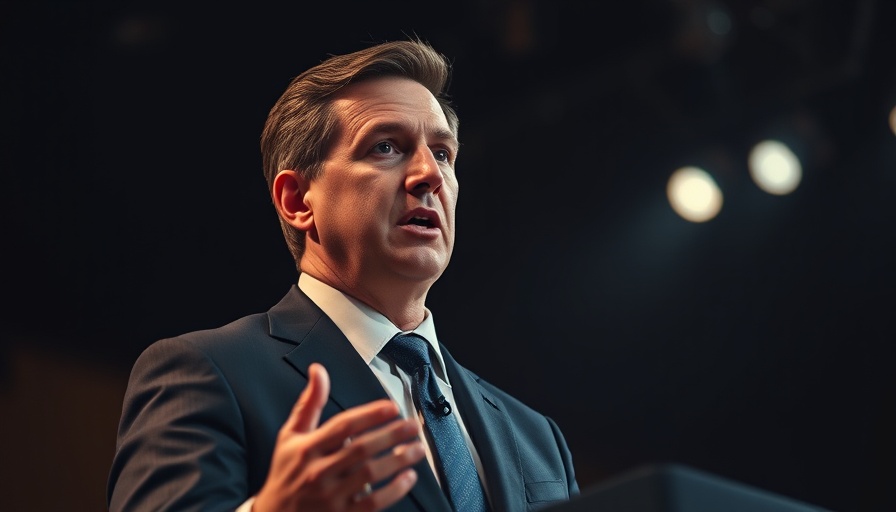
Aftermath of a Tragedy: The D.C. Helicopter Collision
The recent fatal crash involving a UH-60 Black Hawk helicopter and an American Eagle flight near Reagan National Airport has sent shockwaves throughout the country, claiming the lives of 67 individuals. This catastrophic event has opened up crucial discussions surrounding aviation safety and military flight protocols. President Trump’s claims, stating that the helicopter was flying 'too high' and exceeding the widely accepted 200-foot altitude limit, have sparked intense scrutiny and debate.
Military Protocols Under the Microscope
With the crash being a significant national incident, questions about existing military aviation protocols have arisen. Critics argue that protocols may have been neglected or inadequately enforced, placing both military and civilian lives at risk. The investigation into this event aims not only to establish the facts but also to potentially reform aerial safety regulations to prevent future accidents.
Public Perceptions and Accountability
Public reactions to Trump’s comments have varied widely. While some support his calls for accountability in military flight operations, others see his timing and motives as questionable, raising concerns about political posturing in the face of loss. Such mixed perceptions highlight the need for clearer communication and responsibility within government and military sectors, particularly during crises.
Understanding Aviation Safety Protocols
The essence of aviation safety lies in stringent adherence to established protocols. The crash in D.C. serves as a tragic reminder of the stakes involved when these protocols are disregarded. It has reignited calls for comprehensive reviews of both military and civilian aviation regulations to ensure that such tragedies do not occur in the future.
The Broader Implications for Public Safety
The D.C. helicopter collision not only raises questions about military accountability but also reflects on how governmental bodies handle aviation safety for the general public. With the potential for travel disruptions and safety threats increasing, the aviation industry must push for reforms that strengthen operational standards for all types of flight, ensuring a safer experience for all travelers.
Conclusion: A Call for Evaluating Protocols
As the investigation unfolds, it is essential for citizens to remain engaged in discussions surrounding aviation safety and military transparency. This tragedy should propel us toward a collective goal of prioritizing human life and implementing robust safety measures to secure the skies for everyone.
 Add Row
Add Row  Add
Add 




 Add Row
Add Row  Add
Add 



Write A Comment